Quantum computer
Latest

Build your own quantum computer with Google's latest 'simulator'
World Quantum Day was apparently yesterday, and Google feted the occasion with the launch of The Qubit Game.
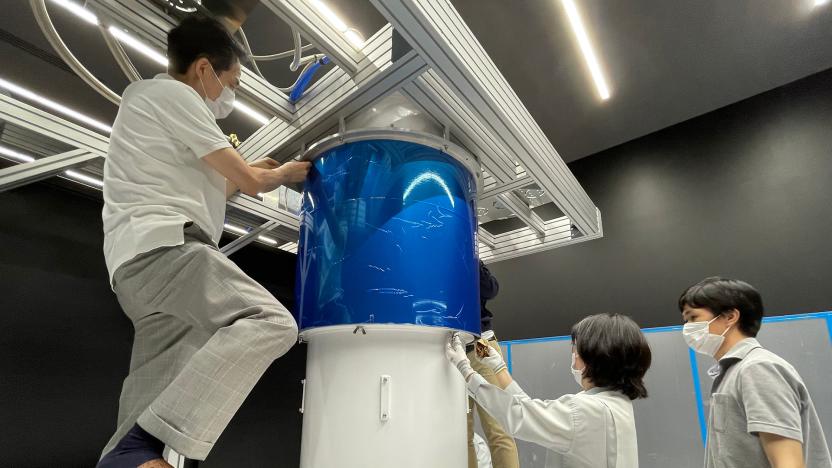
Canada will get its first universal quantum computer from IBM
Canada is getting its first universal quantum computer thanks to a team-up with IBM.

US blocks companies aiding Chinese military's quantum computing efforts
The US has added eight companies to a blocklist to prevent them from helping China's military adopt quantum computing.

Intel says it has solved a key bottleneck in quantum computing
Intel has overcome a quantum computing bottleneck by controlling two qubits with a cryogenic control chip.
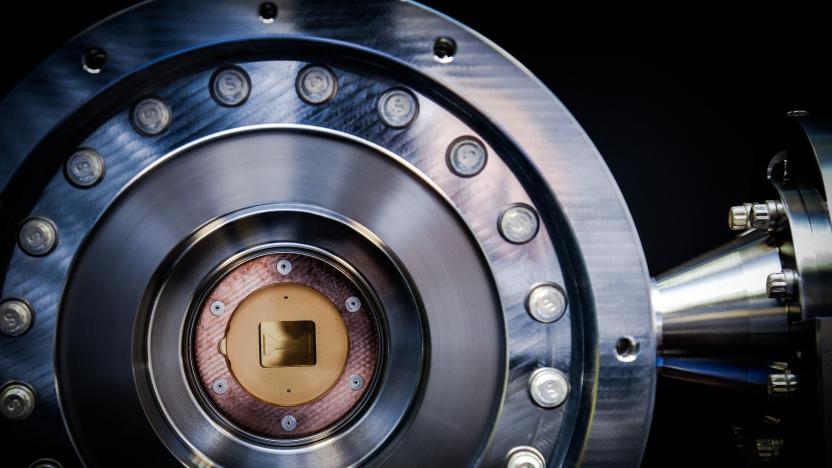
Honeywell will let other companies tap into its quantum computer
Honeywell's enterprise customers can now access the company's 64 quantum volume computer.
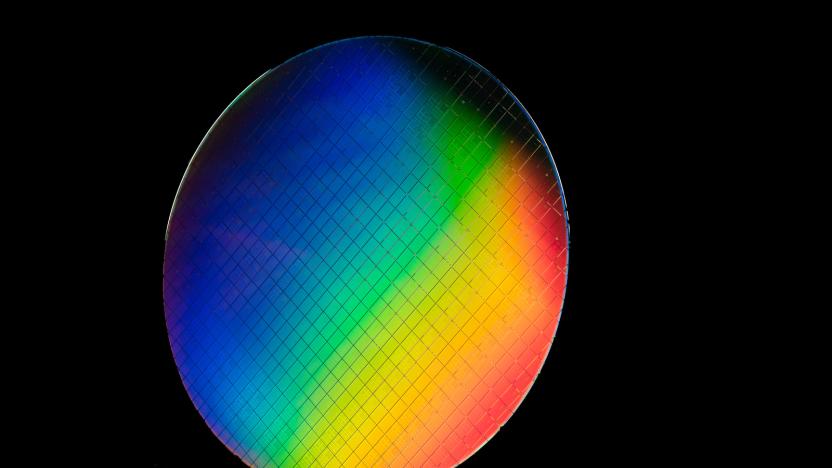
Intel's 'hot' qubits could lead to more advanced quantum computers
Intel and QuTech have successfully controlled qubits that don't need to be chilled to the very edge of absolute zero.
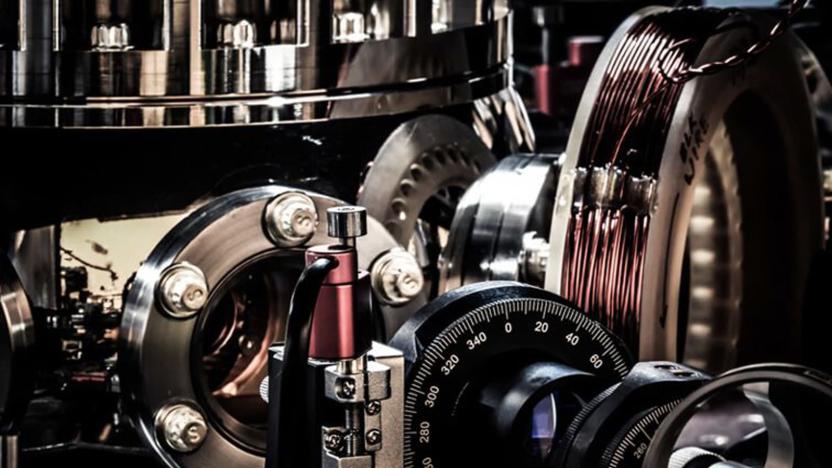
Honeywell says it built the world's most powerful quantum computer
When it comes to quantum computers, we tend to think of companies like Google and IBM as the big players in the field, but there could soon be more competition in the space. Honeywell says sometime in the next three months it will unveil a quantum computer that is at least twice as powerful as any current device.
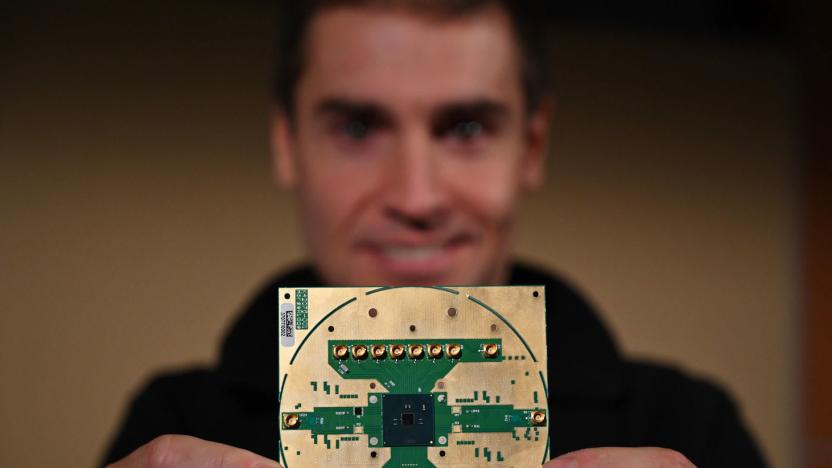
Intel outlines chip that will make quantum computers smaller and faster
Intel is determined to play an important role in quantum computing, and it just outlined a component that will play a key part in that strategy. Intel and QuTech have provided some technical details for Horse Ridge, a previously-teased cryogenic control chip that should make quantum computers, smaller, faster and with less aggressive cooling. It won't lead to the dream of a true quantum computer, but it should get Intel considerably closer to that goal.

Microsoft, Alphabet help you learn quantum computer programming
The very concept of a quantum computer can be daunting, let alone programming it, but Microsoft thinks it can offer a helping hand. It and Alphabet's X are partnering with Brilliant on an online curriculum for quantum computing. The course starts with basic concepts and gradually introduces you to Microsoft's Q# language, teaching you how to write 'simple' quantum algorithms before moving on to truly complicated scenarios. You can handle everything on the web (including quantum circuit puzzles), and there's a simulator to verify that you're on the right track.

Holographic tech could be key to future quantum computers
A breakthrough in studying light might just be the ticket to the future of quantum computing. Researchers at EPFL have found a way to determine how light behaves beyond the limitations of wavelengths, opening the door to encoding quantum data in a sci-fi style holographic light pattern. The team took advantage of the quantum nature of the interaction between electrons and light to separate beams in terms energy, not space -- that let them use light pulses to encrypt info on the electron wave and map it with a speedy electron microscope.

Quantum computing firm calls 'bullshit' as scientists undermine its technology
How do you evaluate a quantum computer you just bought from D-Wave for $15 million? It's not easy, especially since no one can really understand how the machine -- with its ones, zeros and superpositioned "one-and-zeros" -- actually functions. Instead, all you can do is throw increasingly complex questions at it, and hope that it answers them quicker than a top-end classical computer. This quest for evidence of so-called "quantum speeedup" has been going on for a while, with little in the way of positive results. Now, a freshly-published collaborative study involving Google (owner of a D-Wave box), Microsoft (owner of some very advanced traditional tech), and a team of university scientists, has achieved new results that are equally disappointing. Science magazine describes the study as "the fairest comparison yet." D:Wave's founder, meanwhile, has described it as "total bullshit."

Researchers create working quantum bit in silicon, pave way for PCs of the future
If you've been paying attention, you know the quantum computing revolution is coming -- and so far the world has a mini quantum network, not to mention the $10,000 D-Wave One, to show for it. Researchers from the University of Melbourne and University College, London, have now developed the "first working quantum bit based on a single atom of silicon." By measuring and manipulating the magnetic orientation, or spin, of an electron bound to a phosphorus atom embedded in a silicon chip, the scientists were able to both read and write information, forming a qubit, the basic unit of data for quantum computing. The team used a silicon transistor, which detects the electron's spin and captures its energy when the spin's direction is "up." Once the electron is in the transistor, scientists can change its spin state any way they choose, effectively "writing" information and giving them control of the quantum bit. The next step will be combing two qubits into a logic step, with the ultimate goal being a full-fledged quantum computer capable of crunching numbers, cracking encryption codes and modeling molecules that would put even supercomputers to shame. But, you know, baby steps.

CCNY, UC Berkeley develop lasers that could rewrite quantum chips, spin those atoms right round
Computers are normally limited by the fixed nature of their chipsets: once the silicon is out of the factory, its capabilities are forever locked in. The City College of New York and University of California Berkeley have jointly developed a technique that could break chips free of these prisons and speed along quantum computing. They found that hitting gallium arsenide with a laser light pattern aligns the spins of the atoms under the rays, creating a spintronic circuit that can re-map at a moment's notice. The laser could be vital to quantum computers, which can depend heavily or exclusively on spintronics to work: a simple shine could get electrons storing a much wider range of numbers and consequently handling many more calculations at once. Research is only just now becoming public, however; even though gallium arsenide is common in modern technology, we'll need to be patient before we find quantum PCs at the local big-box retail chain. Despite this, we could still be looking at an early step in a shift from computers with many single-purpose components to the abstracted, all-powerful quantum machines we've held in our science fiction dreams.

Flawed diamonds are perfect ingredients for quantum computing, just add time travel
Ready to suspend your brain cells in a superposition of disbelief? Good, because the latest news published in Nature is that diamonds are a quantum computer's best friend -- particularly if they're flawed. An international team of scientists sought out sub-atomic impurities in a 1mm-thick fragment of over-priced carbon and used these as qubits to perform successful calculations. A "rogue" nitrogen nucleus provided one qubit, while a free electron became a second. Unlike previous attempts at solid-state quantum computing, this new effort used an extra technique to protect the system from decoherence errors: microwave pulses were fired at the electron qubit to "time-reverse" inconsistencies in its spinning motion. Don't fully get it? Us neither. In any case, it probably won't stop jewellers tut-tutting to themselves.

Yale Physicists develop quantum computing error correction, are a qubit pleased with themselves
We're big fans of quantum computing, and hopefully it's about to get a lot more reliable. Researchers at Yale have demonstrated quantum error correction in a solid state system for the first time. Quantum bits were created from "artificial" atoms using superconducting circuits, these qubits are then given either of the typical bit states of "1" or "0," or the quantum state of both simultaneously. The researchers developed a technique that identifies each qubit's initial state, so any erroneous changes can be reversed on the fly. Until now, errors have been a barrier in quantum computing, accumulating and ultimately causing computational failure. A reliable means of fixing these state changes is essential to developing a computer with an exponential speed-up, and fully realizing the quantum dream. The team at Yale hopes that this research might mean its platform of superconducting circuits becomes the one upon which quantum computing is ultimately built. We, on the other hand, just want our parallel universe.

Researchers wed quantum processor with quantum memory, quaziness ensues
Quantum computing has a long way to go before becoming truly mainstream, but that certainly hasn't stopped us from indulging in dreams of a qubit-based existence. The latest bit of fantasy fodder comes from the University of California, Santa Barbara, where researchers have become the first to combine a quantum processor with memory mechanisms on a single chip. To do this, Matteo Mariantoni and his team of scientists connected two qubits with a quantum bus and linked each of them to a memory element, capable of storing their current values in the same way that RAM stores data on conventional computers. These qubit-memory links also contained arrays of resonators -- jagged, yet easily controlled circuits that can store values for shorter periods of time. The qubits, meanwhile, were constructed using superconducting circuits, allowing the UCSB team to nestle their qubits even closer together, in accordance with the von Neumann architecture that governs most commercial computers. Once everything was in place, the researchers used their system to run complex algorithms and operations that could be eventually used to decode data encryption. The next step, of course, is to scale up the design, though Mariantoni says that shouldn't be too much of a problem, thanks to his system's resonators -- which, according to him, "represent the future of quantum computing with integrated circuits."

D-Wave One claims mantle of first commercial quantum computer
Whether or not D-Wave has actually built a quantum computer is still a matter of debate (though, a study authored by the company and published in Nature claims to prove its success) but, whatever it is these crafty Canadians have created, you can order one now and start crunching qubits with abandon. The D-Wave One is the first commercially available quantum computer and, while its 128-qubit processor can only handle very specific tasks and is easily outperformed by traditional CPUs, it could represent a revolution in the field of supercomputing. As D-Wave scales up to thousands or tens-of-thousands of qubits, complex number theory problems and advanced cryptographic systems could crumble before the mighty power of quantum annealing... or at least give us faster Google searches. Just out of curiosity, we contacted D-Wave to see how much we'd have to cough up for a quantum desktop of our own, but we've yet to hear back. Update: Joseph passed along an e-mail from the company with a little more information, including a price: $10,000,000. Yep, ten large, and we're not sure that includes the liquid helium required to keep it cooled.

Researchers show off scalable architecture for quantum computing, expand our minds
Okay, so we might be chasing the flying unicorn of modern technology here -- and, no, we're not talking about the white iPhone 4 -- but as you've probably noticed, our hunger for a quantum computer is basically insatiable. Lucky for us, some folks who actually know something about producing qubits are similarly persistent -- a team of researchers recently presented a scalable quantum chip at a meeting of the American Physical Society in good old Texas. The 6 x 6-cm processor sports four qubits, the basic units of quantum computing, and its creators say it has the potential to be scaled up to support 10 of the things within the year. So what does that mean for our quest for the ultimate super computer? Well, it means we're closer than we used to be... and the dream lives on.

Scientists create 10 billion qubits in silicon, get us closer than ever to quantum computing
We are totally ready for a quantum computer. Browse the dusty Engadget archives and you'll find many posts about the things, each charting another step along the way to our supposed quantum future. Here's another step, one that we think is a pretty big one. An international team of scientists has managed to generate 10 billion quantum entangled bits, the basic building block of a quantum computer, and embed them all in silicon which is, of course, the basic building block of a boring computer. It sounds like there's still some work to be done to enable the team to actually modify and read the states of those qubits, and probably a decade's worth of thumb-twiddling before they let any of us try to run Crysis on it, but yet another step has been made. [Image credit: Smite-Meister]

Caltech research could lead to quantum hard drives, networks, parallel universes
Quantum anything has typically fallen into our oft-used category of 'awesome things that'll never happen,' but if a crew of researchers at the California Institute of Technology have anything to say about it, they'll soon be changing the fortunes of that segment. The team has recently demonstrated quantum entanglement for a quantum state stored in four spatially distinct atomic memories, and while that probably just blew your mind a little bit, the breakdown is fairly interesting. Essentially, they've uncovered a quantum interface between the atomic memories, which is said to "represent something akin to a computer hard drive for entanglement." If extended, it could pave the way toward quantum networks, and in turn, massive webs of quantum computers. We're obviously decades out from understanding what this all means for the common computer user, but just remember this: "for an entangled quantum system, there exists no objective physical reality for the system's properties." And you thought The Matrix was deep.










